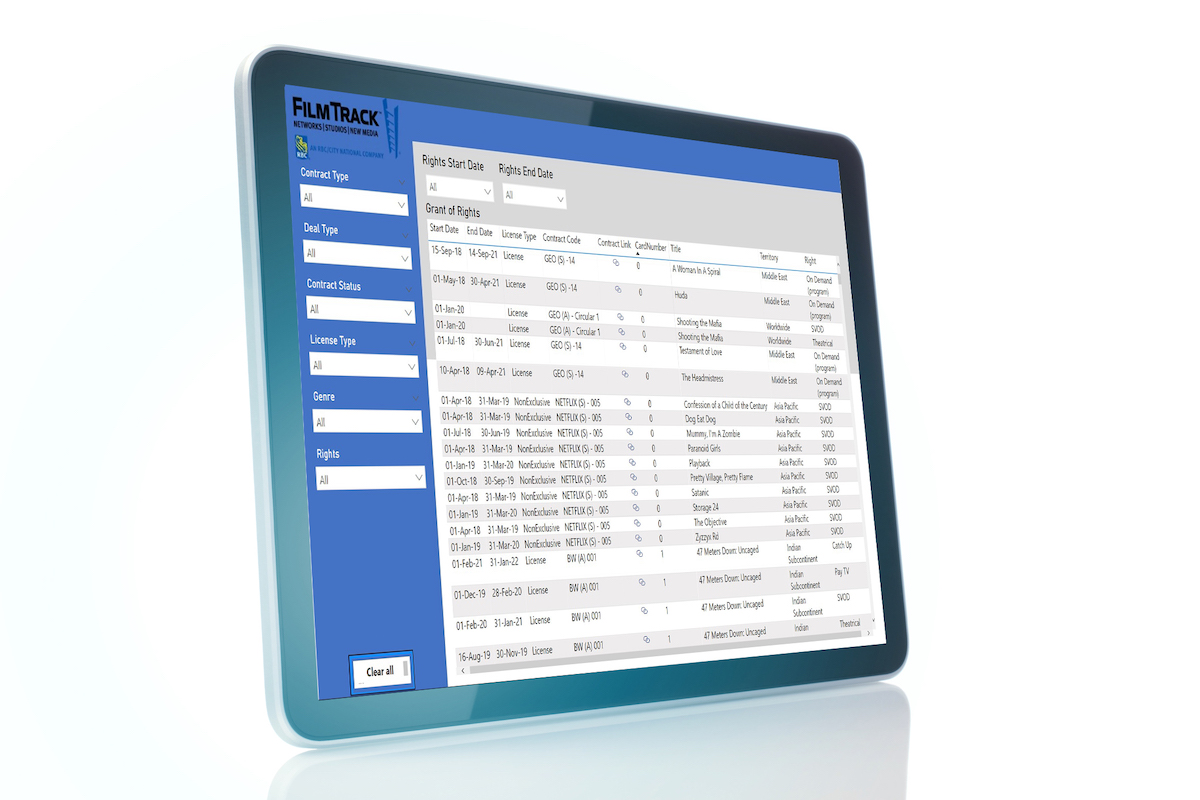When businesses face difficult circumstances, the challenges often serve as a catalyst for change. The pandemic accelerated technology adoption in many industries, forcing them to take the plunge and embrace new digital tools to survive. Such was the case with many businesses that manage entertainment rights. However, despite the upside of having the latest and greatest technology, such decisions do not come without some trepidation.
The Risks Of Old Tech
According to a recent study, even where confidence is high about embracing new technology, there can be a reluctance to accept the risk of adverse outcomes from tech-related decisions, with day-to-day survival being more of a priority.
Entertainment companies are finding they need to move past such reservations quickly. The industry is moving lightning-fast due to evolving distribution formats, growing platforms, and ever-increasing complexity in tracking and accountability. As a result, those tracking their catalog rights or calculations on "old technology", like spreadsheets, risk getting left behind.
The reality: even if your company has adopted some rights management technology but still relies on spreadsheets to track royalty calculations and such, you have to do more. A modern entertainment rights management system can support company growth without negatively impacting performance or accuracy. A robust management system should be modular, allowing your business to customize the solution based on what you need given the size of your catalog and the complexity of assets.
Better Capabilities Give You Better Opportunities
The global M+E rights management market size was valued at $1.74 billion in 2020 and is estimated to grow at a compound annual rate of 16.5% from 2021 to 2028 because of advancements in digital conversion technologies and the increased consumption of digital media among users. For example, to keep up with the demands of multi-channel viewing, content owners are now licensing partial TV seasons to video-on-demand (VOD) platforms – something not routinely done even a few years ago.
While legacy systems can’t account for this level of transparency, cloud-based rights management software can provide the tracking necessary to provide a bird’s eye view into all possible areas of content monetization. In addition, these systems analyze data to offer deeper granularity into various windows of opportunity, including territory, licensee, and medium. An investment in effective rights management software enables you to maximize all your titles by incorporating new metrics and financial processes to assess and track content profitability across platforms.
How Much Should My Team Be Investing in Rights Management Technology?
Technology budgets generally need to be customized according to the unique needs of each business. However, depending on which statistics you rely on, the average business spends between three and six percent of its budget on IT.
The financial services industry spends between 4.4 percent to 11.4 percent in revenue on IT, while discrete manufacturing companies spend just 1.4 percent to 3.2 percent on technology. Other industries, including entertainment companies, spend somewhere in between.
Some questions to ask when determining what your tech spend should be, include:
- What business objectives do we want to further with this investment?
- Will an investment in technology make us more competitive in the industry?
- The entertainment distribution sector is experiencing tremendous growth – does our current spending reflect this, or are we stuck in a survival mindset?
- Is our current system tracking everything we need to track, including financials, or are we missing opportunities and leaving money on the table?
Rights management technology is a sound investment to help ensure that income from your entertainment rights is being paid or received on time from your various sources. Although the functionality associated with these systems is virtually unlimited, the costs might not be what one would expect, relative to a project's budget and distribution range.
Powerful Rights Management Tech
Today's fast-paced entertainment landscape requires a platform that can help you:
- Keep pace with the current and future state of rights & royalties processes.
- Provide a single, unified platform for rights management.
- Avoid the common problems that arise from disparate technology systems.
FilmTrack rights management platform is a simple yet powerful end-to-end rights management solution — let us show you! Request a demo today!



